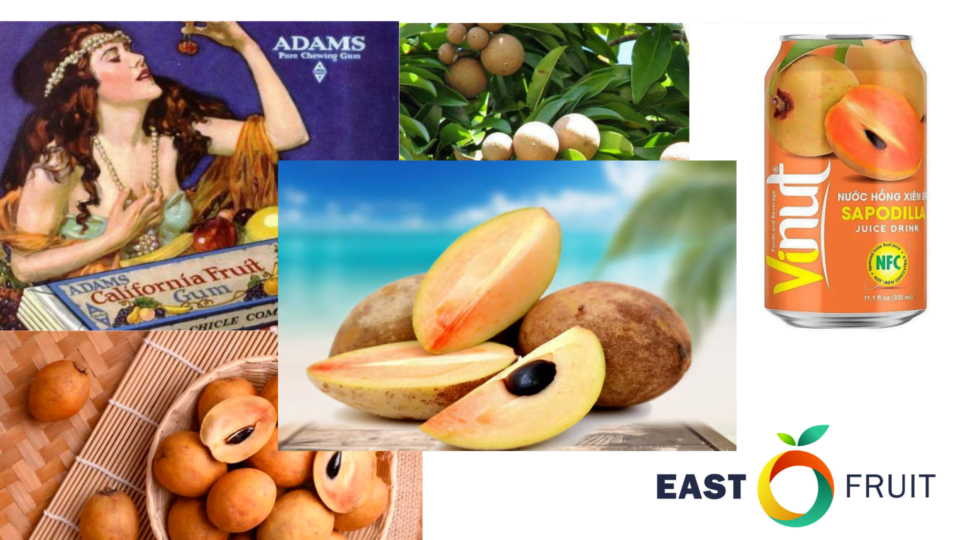Sapodilla, also known as La-Moot in Thailand, wood potato, chiku, acha, or sapote, is an exotic fruit that tastes like a combination of ice cream, caramel, fudge, and condensed milk. In Eastern Europe, the Caucasus, and Central Asia, this fruit is considered exotic and primarily grown by small niche producers and experimental gardeners, according to EastFruit.
Sapodilla, scientifically known as Manilkara zapota, originates from Central and South America and is popular in countries such as Mexico, Costa Rica, India, Vietnam, and the Philippines.
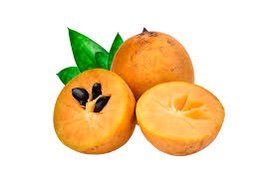
The indigenous people were the first to cultivate this delicious fruit, and it was introduced to Thailand during the colonization of the Philippines by the Spanish in the 16th century. Sapodilla, also known as Thai lamut, is widely used in Thai cuisine and restaurant service due to its incredibly beautiful flesh color. The flowering and ripening season of sapodilla in Thailand occurs from September to December.
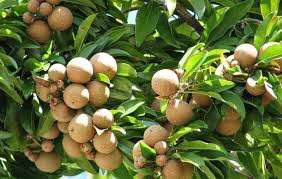
Sapodilla is a beneficial fruit as it is rich in vitamins A and C, iron, potassium, and calcium, as well as proteins. It is also used in medicine as sapodilla helps to eliminate inflammatory processes, is considered antiseptic, has regenerative functions, moisturizes and nourishes the body from the inside. However, it is not recommended for people with hypertension as the fruit promotes an increase in blood pressure.
What Sapodilla Looks Like
Sapodilla is a tall, up to 30 m high, evergreen tree with a tapered pyramidal crown. Sapodilla is a source of latex: even the slightest damage to the bark of the tree releases latex, abundantly sealing the wound with a sticky white mass. The crown of the lamoot consists of short (about 11 cm) and narrow (up to 4 cm wide) leaves.
From a mature plant, up to a hundredweight of crop is harvested per season, ranging from 1,200 to 1,800 ripe fruits.
The sapodilla fruit weighs about 170 grams and has a round or oval shape, which is why it is sometimes confused with plum in some countries. The maximum size of the fruit is 10 cm. The structure of the fruit resembles that of persimmon. Ripe sapodilla is covered with a thin brownish skin. The flesh is pale brown, juicy, and soft. Each fruit contains 3 to 12 shiny black seeds.
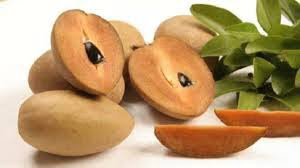
A huge variety of sapodilla cultivars have been developed, with each cultivation country favoring their own. The differences between cultivars mainly lie in the shape of the fruits, the texture of the flesh, and the taste.
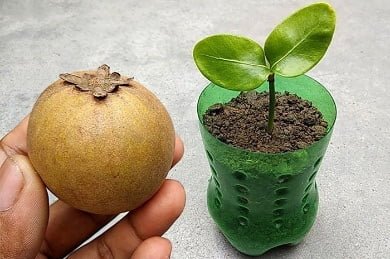
Classic varieties of the fruit, such as Mexican, Jamaican, Venezuelan, and Guatemalan, are still grown in the southern regions of the United States and tropical regions of the American continents. Sapodilla cultivars are grouped according to their place of origin.
The most common ones are:
- Round fruits with brownish-grey skin and granular contents: Philippines, Malaysia, Indonesia, southern regions of India, and Goa.
- Elongated fruits with brown interior: Thailand.
- Large fruits with grey-beige skin, tender, excessively sweet, and seedless: Vietnam.
Sapodilla is consumed fresh. Some people find the fruit’s sweetness overwhelming, but it can be balanced by mixing it with any citrus nectar. Sapodilla is used to make sauces, desserts, salads, jams, and beverages.

So, in Ukraine you can find exotic juices with sapodilla pulp for sale.
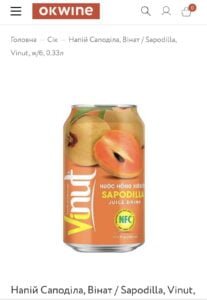
You can also buy a kilogram of fresh sapodilla fruit from Thailand for about 1000 UAH per kilogram ($25).

Since this fruit is exotic, it is advisable to consume it cautiously for the first time – it is recommended to start with a couple of pieces and observe the body’s reaction. Consumption of sapodilla, which contains a large amount of fructose and glucose, can be dangerous for diabetics. For people with excess weight and those trying to lose weight, this fruit is not recommended due to its high calorie content, which is about 80 kcal per 100 grams of the product, and its high carbohydrate content – almost 20 grams per 100 grams of fresh fruit.
Useful properties of sapodilla
In addition to its rich and pleasant taste, sapodilla contains a range of vitamins and minerals. It is rich in vitamin C and dietary fiber, which promote intestinal and immune system health. It also contains vitamins A and E, as well as minerals including potassium, magnesium, and iron.
Sapodilla is rich in plant proteins, carbohydrates, iron, potassium, and calcium. The pulp contains sucrose and fructose – a source of energy and vitality, as well as antioxidant compounds – a tannin complex that has anti-inflammatory, antiviral, antibacterial, and anti-parasitic effects. Anti-inflammatory tannins strengthen the stomach and intestines. Decoction of the bark is used as an antipyretic and antidiarrheal agent. Decoction of the leaves is used to lower blood pressure. A liquid extract of crushed seeds is a sedative.
Ripe sapodilla fruits are edible in their fresh form, and they are also used to make halva, jams, and marmalades, as well as wine. Sapodilla is added to desserts and fruit salads, stewed with lime juice and ginger, and used as a filling for pies.
Milkshakes with sapodilla are very popular in Asia.
It is actively used in pharmaceuticals, cosmetology, and dietetics. Not only the fruits, but also other parts of the plant, such as leaves, bark, and seeds, have beneficial properties.
Sapodilla is successfully used in cosmetology for regular skincare, in the treatment of dermatitis, fungal infections, irritation, itching, and peeling, as well as in the restoration of the skin after burns and for evening out the complexion. Sapodilla is added to hair care products and is especially recommended for dry and brittle hair.
Sapodilla oil has multiple uses: as a mask, in its pure form, and in combination with other oils, as a base oil with essential oils, for preparing massage and cosmetic blends, and as an additive to ready-made cosmetic products such as creams, masks, shampoos, and balms.

The sweet and viscous fragrance of sapodilla fruit blends perfectly with the main concept of fruity-floral and oriental perfumes. Fruit extract is added to hand creams, face masks, and hair products.
The locals in Thailand still actively use the wood from the lamoot tree, building houses, making railroad ties, and tool handles from it. The sapodilla tree emits a “milky sap” which is used in the production of rubber and latex when it solidifies.
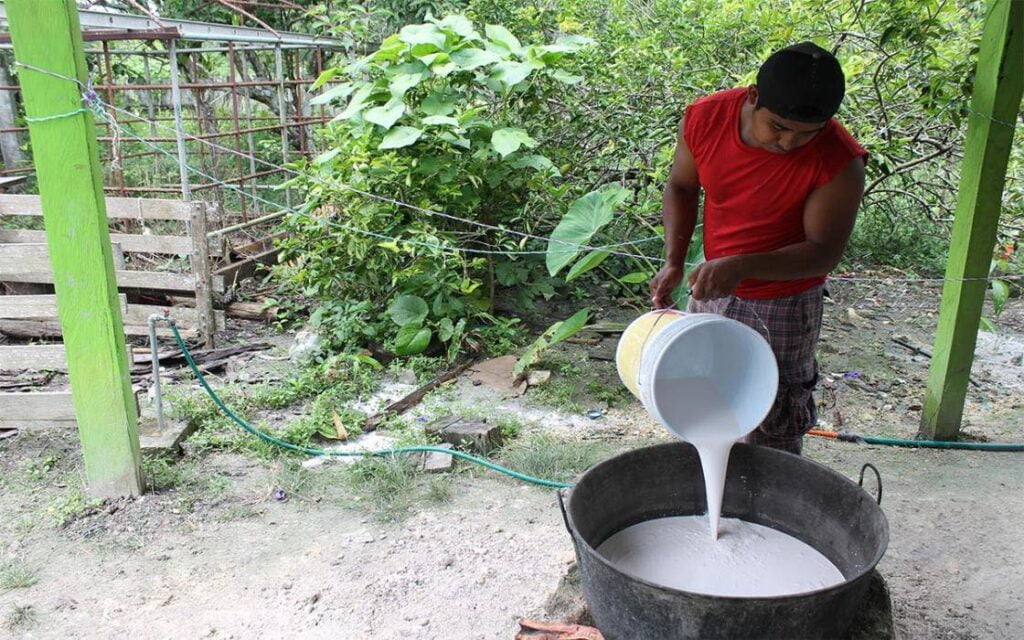

Yes, chewing gum is still made from the sap of the sapodilla tree. The preparation of gum in the Mayan tropical forest on the Yucatan Peninsula in Mexico continues the ancient tradition of chewing gum production.
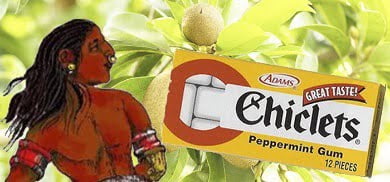
To collect the “milk” for natural chewing gum, diagonal incisions are made on the trunk of the tree, allowing the sap to flow down and fill a specially prepared container. Once the sap is collected, it is poured into a large cauldron that is heated over an open fire while constantly stirring.
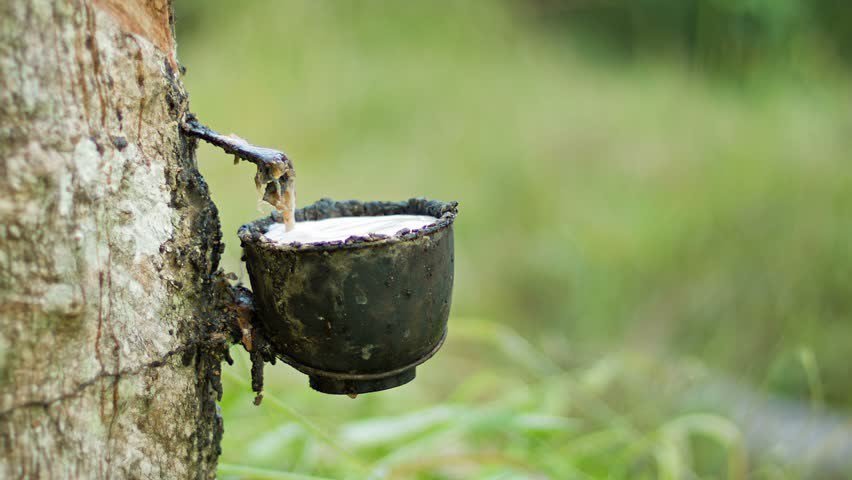
As the liquid heats up, its consistency gradually becomes similar to soft rubber. Afterward, the rubber mass is cooled in water and shaped into bricks from the resulting material. The production and sale of natural chewing gum continues to be in demand and provides an environmentally friendly alternative to synthetic materials.

“Thomas Adams, an American entrepreneur, first produced natural chewing gum on an industrial scale from sapodilla juice. In 1869, he bought a large batch of rubber from Mexico after observing Mexicans chewing hardened sapodilla juice for relaxation and calming. He soon patented his invention, Adams New York Gum, and launched a factory for producing chewing gum from sapodilla juice. It was this sapodilla gum that made Adams a millionaire and remained the most popular gum in the US for 100 years. Today, the sapodilla tree remains a source of rubber, a key ingredient in natural gum, as well as a source of “caramel” niche fruit mainly supplied by Thailand to the global market”, says Kateryna Zvierieva, the development director of the Ukrainian Horticulture Association (UHA).
The use of the site materials is free if there is a direct and open for search engines hyperlink to a specific publication of the East-Fruit.com website.




